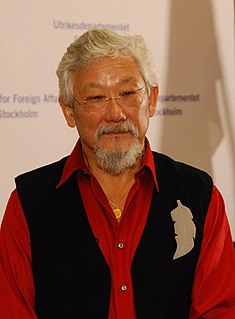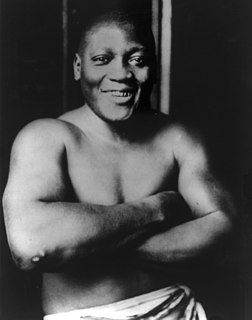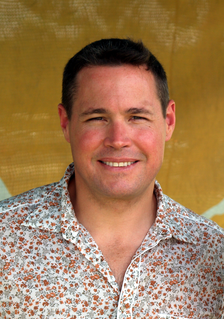A Quote by Boyan Slat
You go to a beach, you see a lot of plastic. It's out of the ocean, it stays out of the ocean, so that's good. But the thing is that in this Great Pacific garbage patch, this area twice the size of Texas, there's simply no coastlines to collect plastic. So the idea is to have these very long floating barriers.
Related Quotes
I envisioned an extremely long network of floating barriers - they're like curtains floating in the ocean which are attached to the seabed. So what happens is that the current comes around and plastic gets pushed towards these barriers. And because it's in a V-shape, the plastic gets push towards the center.
About once a month, a vessel visits each of these clean-up systems, almost like a garbage truck of the ocean, would bring the plastic back to shore where it would then be processed and recycled into new products that we would then sell, at a premium, of course, because we could sell it as being made out of ocean plastic.
We have lots of other problems with plastic in our oceans. There are five different big gyres of plastic out in the ocean. There are problems with air pollution around the country that we need to deal with, and around the world. We have a great many problems to overcome, so I work on a lot of different boards trying to help in those important areas.
The number one issue that Ocean Mysteries has opened my eyes to is, no matter where you are, whether you're on a beach in Hawaii, you're diving in the Pacific, you're in a remote archipelago, or you're in the middle of nowhere - I am blown away and sobered and crushed, emotionally crushed, by the amount of marine debris, of garbage, that is now in our ocean.



























